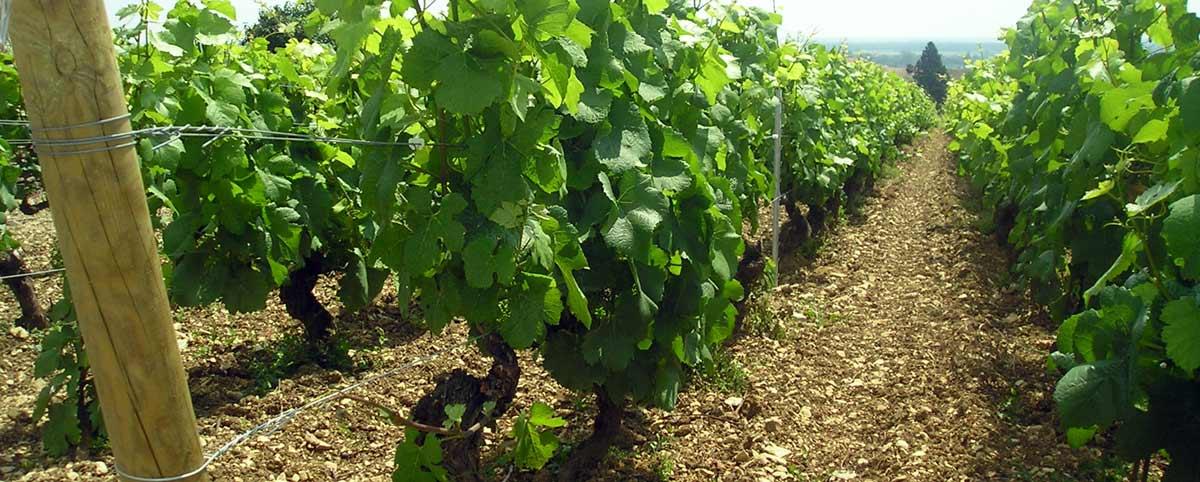The wines of Burgundy
The wines from the famous vineyards of the Côte de Beaune and the Côte de Nuits are now listed as Word Heritage with UNESCO.
Burgundy is one of the world's most famous and influential wine-growing regions, and there are 33 Grand Cru, 600 Premier Cru and many other great AOCs wines.
The first vines were introduced by the Romans, and later, the industrious Cistercian monks developed the techniques and knowledge required for much larger-scale production.

As the monks began to explore the region of the Saône valley, they came across the stream of "Vouge" near the town of Nuits Saint Georges; it was here that they built the Clos de Vougeot and began planting vines on the south-east-facing slopes of the Côte de Nuits.
The monks knew the climate and soil were exactly what was required to grow grapes. All the ingredients were there to begin the incredible adventure of making Burgundy red, white, and rosé wines. History has proved that they were right.
Wine tours and visits
There are so many possibilities for visiting the local wineries and tasting their wines that you'll be overwhelmed with choices when you're here. If you're cruising on a hotel barge, of course, they will include at least one excursion for wine enthusiasts. Although there are very few vines along the Burgundy Canal, you'll soon be surprised how close they are and how many vineyards there are.
You can visit small, family-owned, and independent "vignerons" and larger houses such as Patriarche Pere & Fils. Whatever you choose, there are hundreds of kilometres of wine cellars, millions of bottles, and many different wines to enjoy (with moderation).
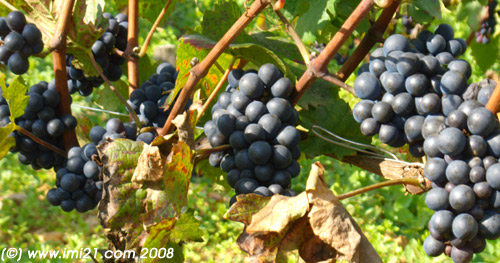
The great Burgundy vineyards
Northern Burgundy
- Chablis
- Irancy
- Epinel
Côtes de Nuits
- Fixin
- Gevrey Chambertin
- Nuits Saint Georges
- Vosne-Romanée
- Clos de Vougeot
Côtes de Beaune
- Aloxe Corton
- Chassagne Montrachet
- Mersault
- Pommard
- Puligny Montachet
- Savigny les Beaune
- Volnay
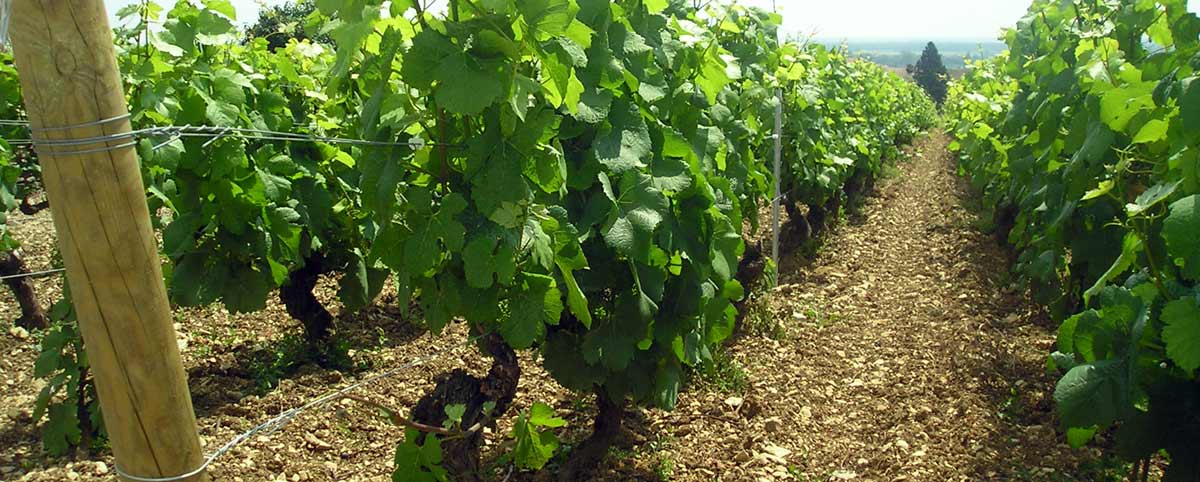
The vineyards do not suddenly stop but continue towards the south, following the river Saone and the Rhone Valley. They then become the regions of Chalonais, Maconnais, and Beaujolais…
Wine-growing areas
Burgundy has hundreds of square kilometres of vines; you can taste wine in almost every village. Tourist routes, such as the "Route de Grand Cru," also take you through some of the most interesting areas.
The Côtes de Nuits & Cotês de Beaune
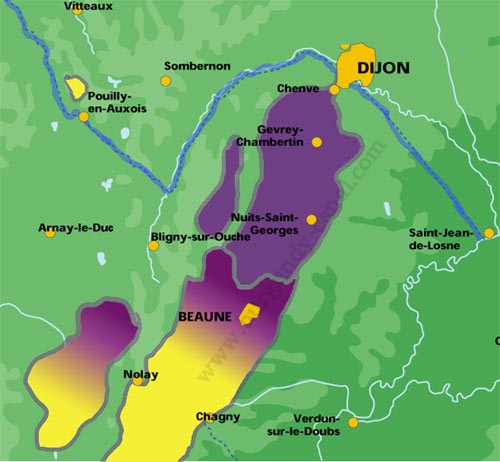
As you can see, the vineyards of the Côte de Nuits and Côte de Beaune begin to the south of Dijon, moving south-westwards following the valley made by the river Saône. They will then join the Chalonaise, Maconaise, Beaujolais and the Côte du Rhone vines. Although there is no real production of wine alongside the canal, some people have begun introducing biodynamic wines in fields that have produced wine for many years. For example, near the small village of Malain, a few miles from Dijon, there is a production of sparkling "Cremant" white or rosé wine.
The Chablis region in northern Burgundy
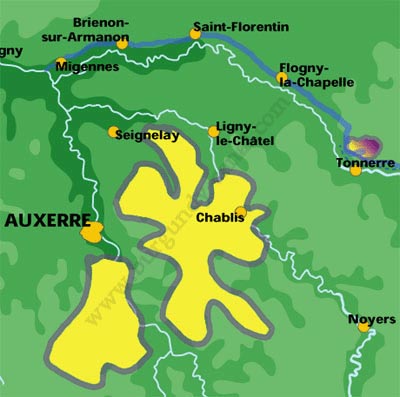
In northern Burgundy, you will find Chablis's well-known dry white wine vineyards, which are always made from Chardonnay grapes. Located near the town of Tonnerre along the canal, you have the lesser-known red wines of Irancy.
